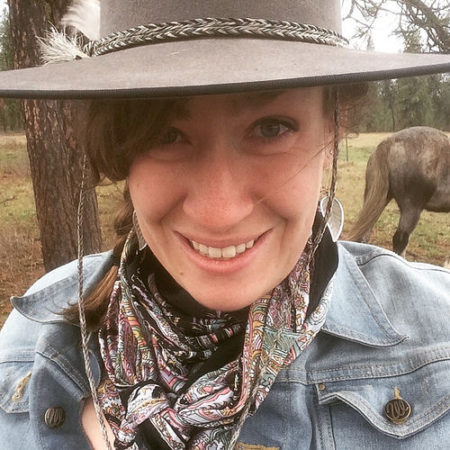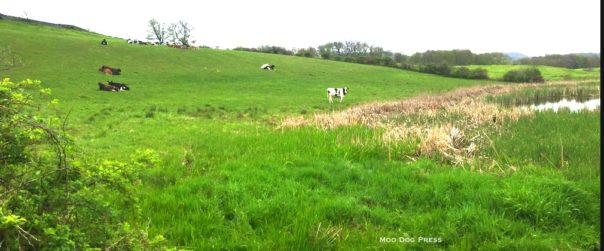UConn Extension: CLEAR. Ag Leaders. Business & Community Resources.
Knowledge shared can fuel decisions large and small. Technology now deploys information in some truly astounding ways. Resources from your community to national leaders across the USA are now available with a few keystrokes or swipes on a smartphone (which is actually a hand-held computing device).
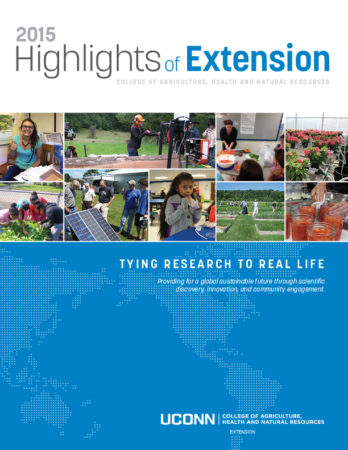 For instance, you may know that the University of Connecticut Cooperative Extension has no fewer than 11 programs in each of the Nutmeg State's 169 towns, and has highlights of their programs and profiles of volunteers in an annual publication available that is now online.
For instance, you may know that the University of Connecticut Cooperative Extension has no fewer than 11 programs in each of the Nutmeg State's 169 towns, and has highlights of their programs and profiles of volunteers in an annual publication available that is now online.
But this excerpt about an international award and innovative use of technology to make layers of information and research more accessible is information should be seen and sampled to be believed.
“This past year, extension faculty at UConn’s Center for Land Use Education and Research (CLEAR) have concentrated on using maps in a new way—and done so well that they’ve won an international award for their efforts. CLEAR’s Extension faculty has long used maps to educate land use decision makers and the public about Connecticut’s landscape and natural resources.
“The foundational research and extension project of CLEAR is called Connecticut’s Changing Landscape (CCL), which uses remotely sensed imagery to measure changes to our landscape over time. Currently, the project covers the 25-year period from 1985 to 2010 (a 2015 update is underway).
“The landscape is characterized into land cover classes, which denote what the satellite imagery actually sees on the ground; for instance, development, turf, agricultural field, and forest. The CCL website created by extension faculty has graphs and data tables, but most of the website is devoted to maps, making them easily accessible and available for the user in a number of formats, from the static to the highly interactive.”
“People love their lawns, parks and (for some) their golf courses. The turf and grass category has grown in lock step with the developed class, and in relative terms is the fastest growing of the land covers. Averaged over the study period, the 74.9 square mile gain equates to 4.4 acres/day.”
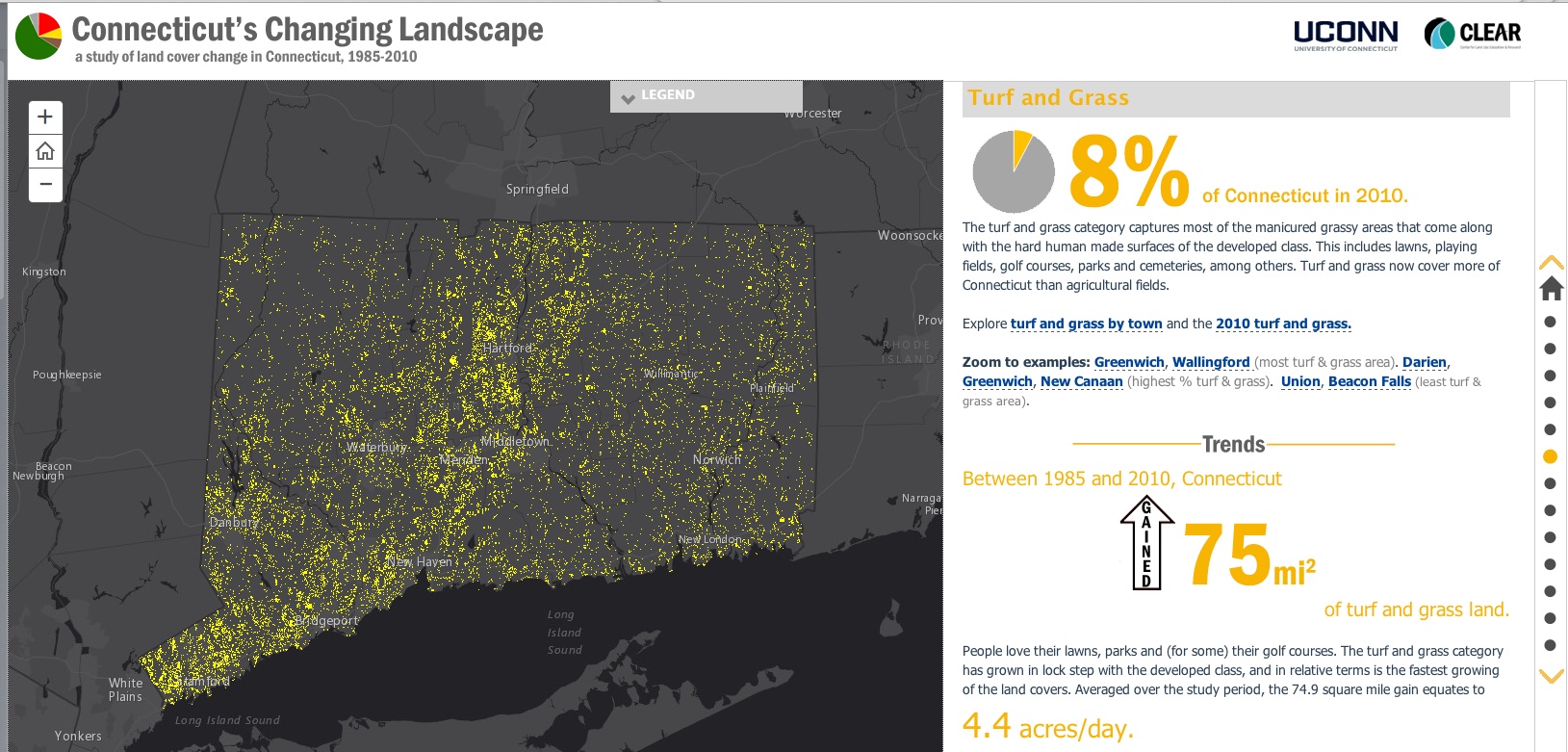
One page of Connecticut's Changing Landscape, linked to this award-winning resource that makes an incredible amount of data understandable with visual information. This map illustrates the ‘turf and grass category captures most of the manicured grassy areas that come along with the hard human-made surfaces of the developed class. This includes lawns, playing fields, golf courses, parks and cemeteries, among others. Turf and grass now cover more of Connecticut than agricultural fields.' Amazing.
Another page features a map that show “areas that changed to the developed and turf/grass categories during the 25 year study period (we call this combination the ‘development footprint'). Commercial development like Buckland Hills shopping area, Mohegan Sun and Foxwoods casinos. Residential subdivisions in Clinton and Oxford. Golf courses in Portland and Ellington.” Users can zoom in or out to scale the map which is detailed and color coded.
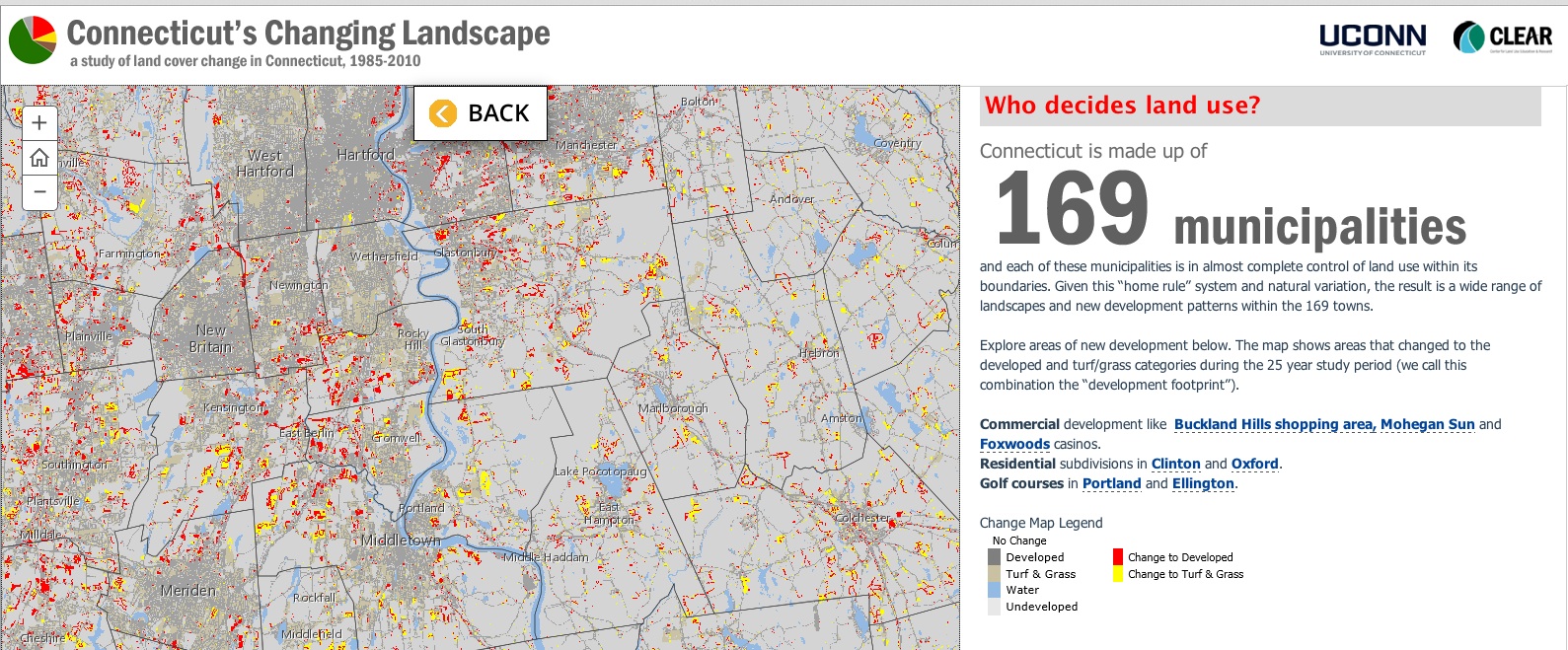
Another page of Connecticut's Changing Landscape – linked to the interactive site where visitors may page through maps to zoom in or out for detailed visual information.
The UConn Cooperative Extension is an important component of the College of Agriculture, Health and Natural Resources.
“This year, we are highlighting several new program areas. Inside, you will see how we are using innovative software – the Story Map – to demonstrate land use change in Connecticut,” according to and is a critical part of our land grant mission,” according to UConn College of Agriculture, Health and Natural Resources Dean Gregory Weidemann. “We share updates on our programs that relate to healthy living, nutrition, food safety, and local foods. You can learn about our volunteers and the youth we serve through our 4-H programs. You also can learn about how we are addressing our changing environment – managing the effects of wind on forests and water conservation in agriculture. These highlights – and all of our extension programs – demonstrate how UConn Extension is ‘tying research to real life' for citizens, communities, and businesses across Connecticut.”
Highlights of Extension, available at: http://s.uconn.edu/highlights – or view the PDF linked to the cover of the report seen here.
Also, a section that highlights a collaboration and sharing resources across the region:
“Extension educators from throughout the Northeast consider collaboration essential to the success of their work with fruit and vegetable growers. In 2012, regional food safety specialists from the Universities of Maine, New Hampshire, Vermont, Massachusetts, Rhode Island, and Cornell received a NEED-NERA (Northeast Extension and Experiment Station Directors) planning grant focused on coordinating efforts to address the safety of post-harvest handling of fruits and vegetables on small, diversified northeast farms. Recognizing the limitations of our individual resources, it only made sense to work together.
“The Northeast regional partners involved in food safety extension programming have established a cooperative to better support our stakeholders,” states Amanda Kinchla, Extension Assistant Professor from the University of Massachusetts. “Over the past few years, we have been able to leverage resources and establish supports that help address critical food safety issues.”
“Produce farmers have benefited from this collaboration as research-based information regarding use of agricultural water, produce washing and sanitation is shared and workshops, curricula and training videos and material are developed.”
Now, did you realize that every month, the USDA shares the story of a woman in agriculture who is a leader for the industry and who also helps other women succeed – think of it as a national network for inspiration and information resources.
Profiles featured this month: Beth Robinette, a rancher and local foods leader from Spokane, Washington, who runs her family’s fourth-generation grass-fed beef operation the Lazy R Ranch, and is one of the co-founders of LINC Foods, a worker and farmer owned cooperative food hub based in Spokane. Beth studied sustainable agriculture and business and marketing at Fairhaven College at Western Washington University, and earned her MBA in Sustainable Systems at Pinchot University with an emphasis on Local Living Economies and Sustainable Food and Agriculture.
Joyce Hunter, USDA Deputy Chief Information Officer for Policy and Planning, shares her perspective as a woman in the technology field and how she puts her unique experience and skills to work at USDA. Earlier this year, she was selected by the editors of FedScoop as one of “D.C.’s Top 50 Women in Technology.”
Another wealth of information is the annual USDA full-text file regarding data on the number of farms in operation, land in farms, and average size (acreage) of farms for individual states and the U.S. released Feb. 2016.
Highlights include:
“Nationally, women represent 30 percent of farmers, but in states in the Northeast, Southwest and West, the numbers rise. Of the total number of female farmers, 288,264 were principal operators, that is, the person in charge of the farm’s day-to-day operations. Women principal operators sold $12.9 billion in agricultural products in 2012, including $6.0 billion in crop sales and $6.9 billion in livestock sales. They operated 62.7 million acres of farmland. Sales by women represented 3.3 percent of total U.S. agriculture sales, and women operated 6.9 percent of U.S. farmland.”
“The definition of a farm has remained the same since 1974. Activities included as agriculture, however, have undergone
modification in recent years. Beginning in 1995, operations having 5 or more horses or ponies and no other agricultural
sales were counted as horse farms. An operation with 1 or more horses with agricultural sales of at least $1,000, qualified
as a farm. Two industries, maple syrup and short rotation woody crop farms, were added beginning in 1997 as a result of
the new North American Industry Classification System (NAICS).”
“Farm numbers decreased by 18,000 farms during 2015. The number of farms in sales class $1,000 to $9,999 declined while all other sales classes increased slightly. Fifty percent of all farms had less than $10,000 in sales. Eighty percent of all farms had less than $100,000 in sales. Eight percent of all farms had sales of $500,000 or more.”
For resources and information, here is the link to the USDA's site.
American Agri-Women (AAW), the nation’s largest coalition of farm, ranch and agribusiness women with state, commodity and agribusiness affiliate organizations, is accepting members from all states – and offers networking and educational resources for those in farming, ranching, and agribusiness. The organization also offers resources and events of interest for those connected to or involved in all aspects of agriculture. The AAW’s Fly-In, Washington, D.C. is June 5 to June 8, 2016. Registration ends June 1, 2016 and will not be taken on site. For more information, e-mail aaw@americanagriwomen.org or call (586) 530-1771.

